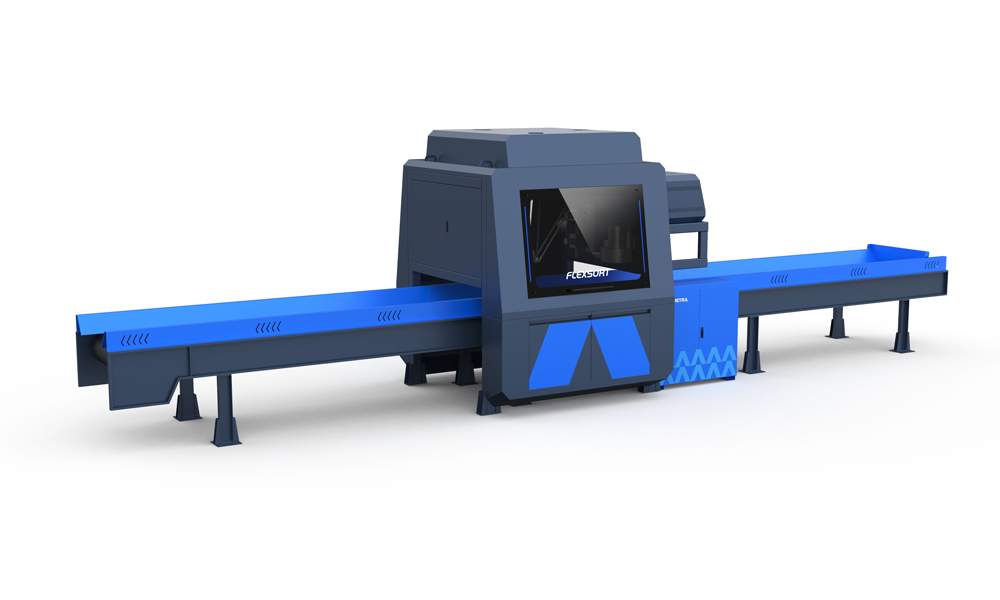 Time:2025-04-10
Time:2025-04-10
 Source:青绿环境
Source:青绿环境
Waste sorting robots employ a series of advanced technologies to achieve precise sorting when handling solid waste. These technologies include but are not limited to machine vision, deep learning algorithms, and sensor fusion. The following sections will detail how these technologies work in concert to attain efficient and accurate waste sorting.

I. Application of Machine Vision
Machine vision serves as the eyes of waste sorting robots. By capturing images of waste items on the conveyor belt with high-resolution cameras, it uses image recognition technology to classify different types of waste. This not only involves color and shape recognition but also extends to the analysis of material characteristics. For example, although plastic bottles and glass bottles may have similar colors, they differ in transparency and gloss. Machine vision can distinguish between them based on these subtle differences.
II. Advancements in Deep Learning Algorithms
Deep learning provides robust support for waste sorting. Through learning from large amounts of labeled data, neural network models can learn to identify various types of waste and continuously optimize their accuracy. For instance, training a convolutional neural network specifically for identifying different packaging materials such as paper, plastic, and metal. As the model training progresses, even when dealing with contaminated or partially obscured waste, the system can still make accurate judgments.
III. Sensor Fusion Technology
In addition to visual information, waste sorting robots also use other types of sensors to obtain data from more dimensions. For example, near-infrared spectrometers can be used to detect the chemical composition of objects, which is particularly useful for distinguishing items that look similar but are made of different materials. Weight sensors can help determine the approximate density of items, further aiding classification decisions. By integrating information from multiple sensors, the robot can gain a more comprehensive understanding of each piece of waste, thereby improving sorting accuracy.
IV. Flexible Manipulation of Robotic Arms
Once the type of waste has been determined, the robotic arm then executes the specific grasping action. Modern waste sorting robots are equipped with highly flexible and responsive robotic arms that can complete the entire process from identification to grasping and disposal in an extremely short time. Moreover, to adapt to waste of different sizes and shapes, the end effectors of the robotic arms are usually fitted with interchangeable grippers or suction cups to ensure the successful completion of each operation.
By effectively combining advanced technologies such as machine vision, deep learning algorithms, and sensor fusion, waste sorting robots have realized precise sorting of solid waste. The development of this technology not only helps to increase the recycling rate of resources and reduce environmental pollution but also marks an important application of intelligent automation technology in the environmental protection field. In the future, with the continuous advancement of related technologies, it is reasonable to believe that waste sorting robots will play a greater role globally.













 Prev
Prev











